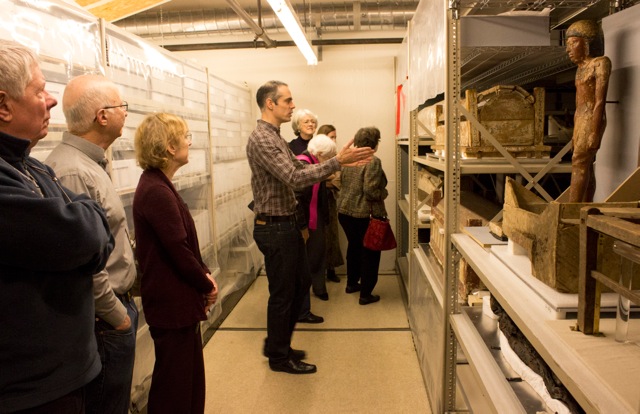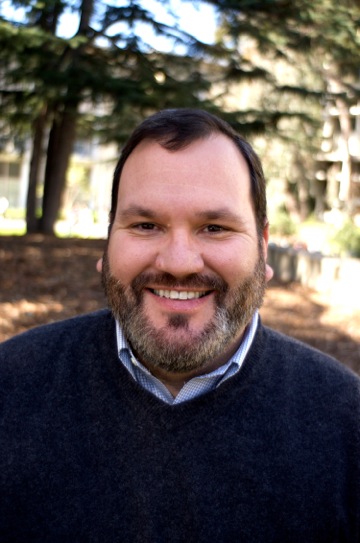By Maraya Cornell
What's it like to work in a museum that's closed for renovation? "It's a real privilege and luxury," says Ben Garcia, Head of Interpretation at the Phoebe A. Hearst Museum of Anthropology in Berkeley, California. "It's so rare to have time to really think about your practice and be intentional about your interpretation without also, at the same time, having to run daily programs."
And since the education and interpretation staff was so small anyway, the museum didn't have to lay anyone off. In fact, they've hired around 10 new staff members to help with the overhaul.
A 2-Year Transformation
The Hearst is halfway through its 2-year transformation. 1.7 million objects — just over half the collection — are being moved into better conditions, documented, photographed, and associated with bar codes.
Perhaps more profound is the museum's interpretive shift. Garcia explains that when Mari Lyn Salvador became the director of the Hearst about three and a half years ago, she envisioned a more inclusive anthropology museum, respected by researchers, but also engaged with native communities and with the public. "The museum was always been a very strong research institution," says Garcia. Native perspectives and public programming weren't a priority until now.
Salvador hired Garcia to help the museum broaden its interpretation. They have solicited guidance from the University of British Columbia Museum of Anthropology in Vancouver, which is known for having worked effectively with First Nation communities to shape interpretation that respects native priorities and cultural practices. The Hearst also participated in Cosmic Serpent, an NSF-funded collaboration aimed at integrating indigenous knowledge and Western science in the context of museums.
The New Hearst
The Hearst is making some pretty big changes to their museum to support the new interpretive strategy.
- The main gallery will be more dynamic, with smaller exhibitions rotating through more often. Interpretation will highlight the connections across cultures, time, and geography.
- A new Learning Center will offer a hands-on laboratory and workshop for university faculty and students, as well as K-12 school groups and community-based and family programs.
- A new basket weaver’s garden will allow for more fully-developed and participatory interpretation around the museum's collection of California Indian baskets.
Connecting to the Community
The closure, says Garcia, has made the huge collections move easier on a logistical level, and also given the staff time for thinking, planning, and for working with communities and our focus groups.
 Associate Director of Education, Jonathan Goodrich, leads a members' tour of the collection facility at Kroeber Hall.
Associate Director of Education, Jonathan Goodrich, leads a members' tour of the collection facility at Kroeber Hall.
But Garcia believes he's not alone in missing the daily engagement with visitors. The museum has been able to keep people coming through the collections with monthly behind-the-scenes member events and selective activities with community groups and university stakeholders. Tribal groups visit regularly as part of NAGPRA consultation, or to visit the collections for cultural reasons. Says Garcia: "It's been really nice to have those folks come through, because it keeps us connected to the wider community."
Maraya Cornell is the Principal at Nature of Story, and a member of the Western Museums Association's Communications Committee.









Add new comment